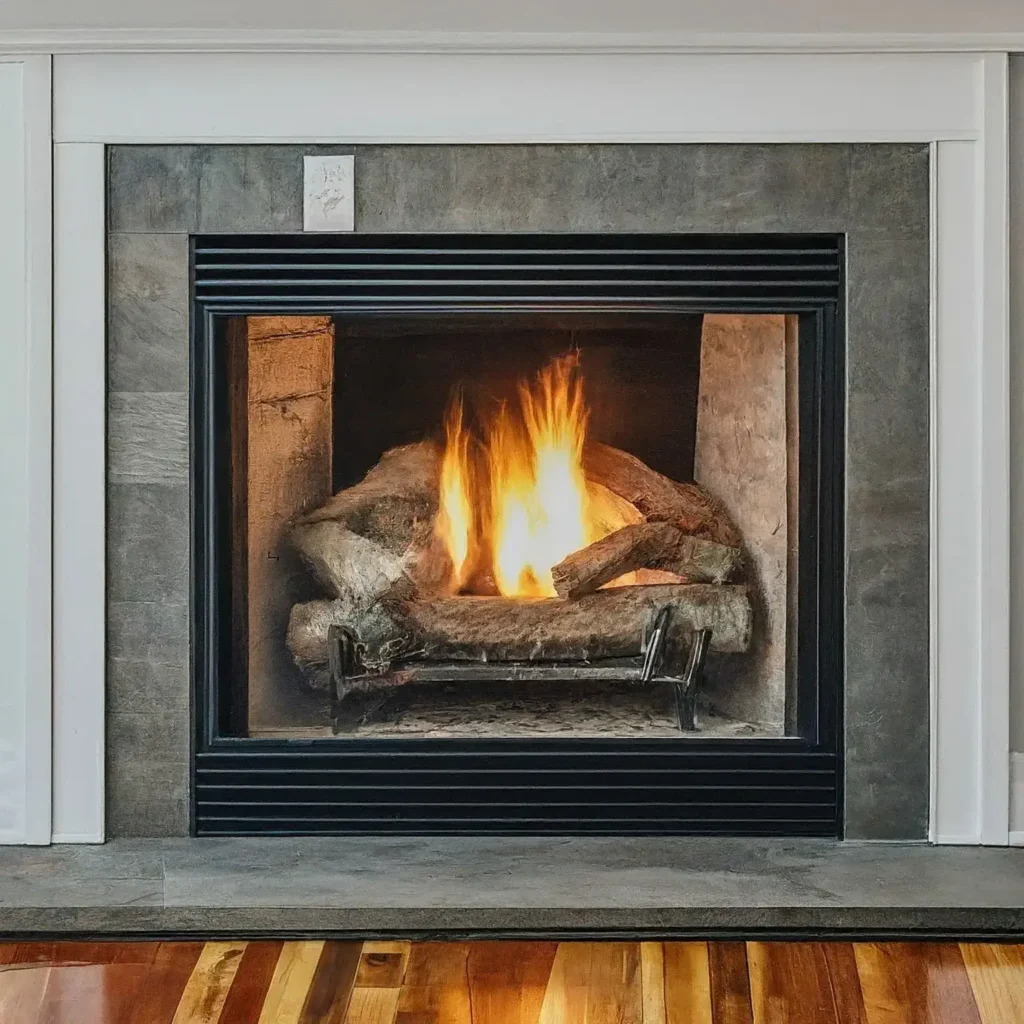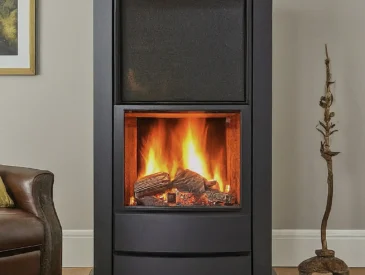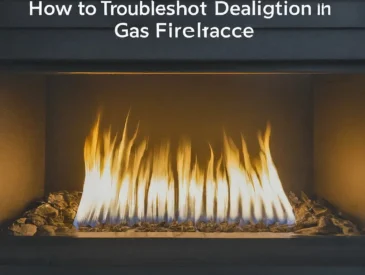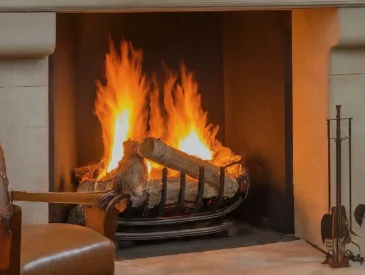A gas fireplace offers numerous advantages over a traditional wood-burning one, from enhanced efficiency to easier control. However, if you’re considering relocating your gas fireplace, it’s essential to understand that this isn’t a DIY task.
The process involves dismantling walls, moving gas piping, and rebuilding the exhaust system. To ensure a safe and successful relocation, it’s imperative to hire a qualified contractor experienced in handling gas installations and wall remodeling.
Why is Moving a Gas Fireplace Challenging?
Moving a gas fireplace is a complex task, primarily because it requires expertise in relocating the gas piping infrastructure from its existing position to the desired location.
This involves navigating residential gas pipelines and conducting repairs within walls—a skill set that most individuals lack. In most cases, you’ll need the assistance of 2-3 professionals to complete the move effectively.
Moreover, local regulations may mandate working only with National Fireplace Institute-certified professionals, further highlighting the difficulty of the process.
Determining the Need to Move a Gas Fireplace:
Before embarking on the task of relocating a gas fireplace, it’s crucial to have valid reasons that justify the associated costs.
Consulting a qualified fireplace installer for a professional evaluation is advisable, as they may offer valuable insights or even a complimentary consultation.
Investing in this assessment, even at an hourly rate, can potentially save you from unnecessary expenses in the long run.
Common Reasons for Relocating a Gas Fireplace:
Home Refurbishment:
If you’re remodeling your home, it presents an opportune time to consider relocating your gas fireplace to a more strategically positioned area within a spacious living room.
Improved Convenience:
Adjusting the fireplace’s proximity to optimize comfort or redistributing heating within your home are valid reasons for relocation. Additionally, moving the fireplace to a different room can offer a refreshing alternative.
Health Considerations:
If your gas fireplace is currently situated in a poorly ventilated space, relocating it can mitigate potential health risks associated with nitrogen dioxide emissions.
Steps to Move a Gas Fireplace:
Find the Right Location:
Ensure the new location allows at least 3 feet of clearance from the ceiling and adjacent walls. Verify the proximity of the gas line and assess available space to accommodate the fireplace without overcrowding the area.
Related: Choosing the right tiles
Turn Off and Disconnect the Gas Supply:
Safely shut off the gas supply using the shut-off valve, followed by proper ventilation to dissipate any residual gas.
Dismantle the Fireplace System:
Remove protective shields, disconnect the unit from the wall, and carefully detach decorative elements.
Transfer the Fireplace:
Moving a gas fireplace requires additional help due to its considerable weight. Utilize a moving dolly for a smoother transition, taking caution around obstacles and stairs.

Run Gas and Electrical Lines:
Create new pathways through the drywall for gas and electrical lines, ensuring proper venting for the gas furnace.
Assemble the Fireplace:
Follow the owner’s manual to reassemble the system, connect the gas pipe, and conduct a thorough check for functionality and safety.
Cost Considerations:
The relocation of a gas fireplace may entail expenses of up to $7,000, contingent on the project’s complexity. Factors like the proximity of the gas line and potential drywall work can impact the overall cost.
Permit Requirements:
Securing the necessary permits is crucial to ensure compliance with safety regulations and to prevent hazardous installations. Professional installers typically handle permit acquisition.
Related: gas fireplace requirement
Duration of the Project:
Relocating a gas fireplace can take anywhere from three days to two weeks, contingent on factors such as project complexity, installer expertise, and workforce size.
Exploring Alternatives:
Consider alternatives like enlarging the existing fireplace, installing an air source or geothermal heat pump, or covering the old fireplace, depending on your specific needs and preferences.
Conclusion:
Relocating a gas fireplace is a substantial undertaking, demanding careful planning, professional expertise, and adherence to safety protocols.
Given its complexity and cost, it’s advisable to explore alternatives and seek professional guidance before committing to the relocation process. Remember, safety and compliance should always be the top priorities in any gas fireplace-related project.





